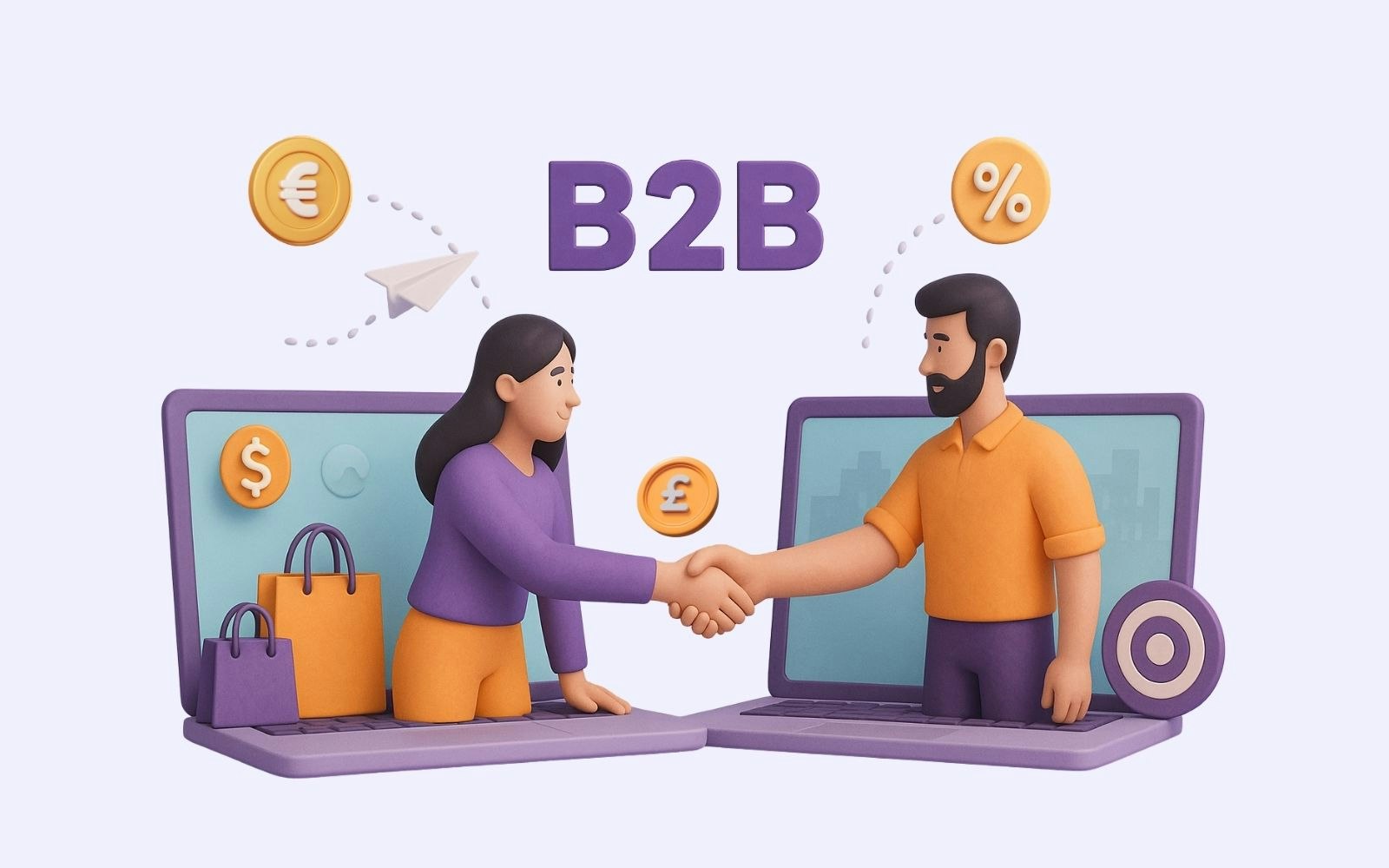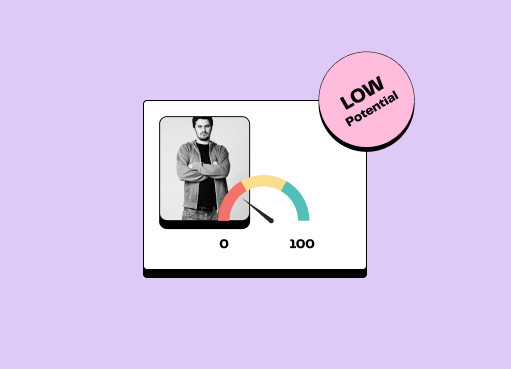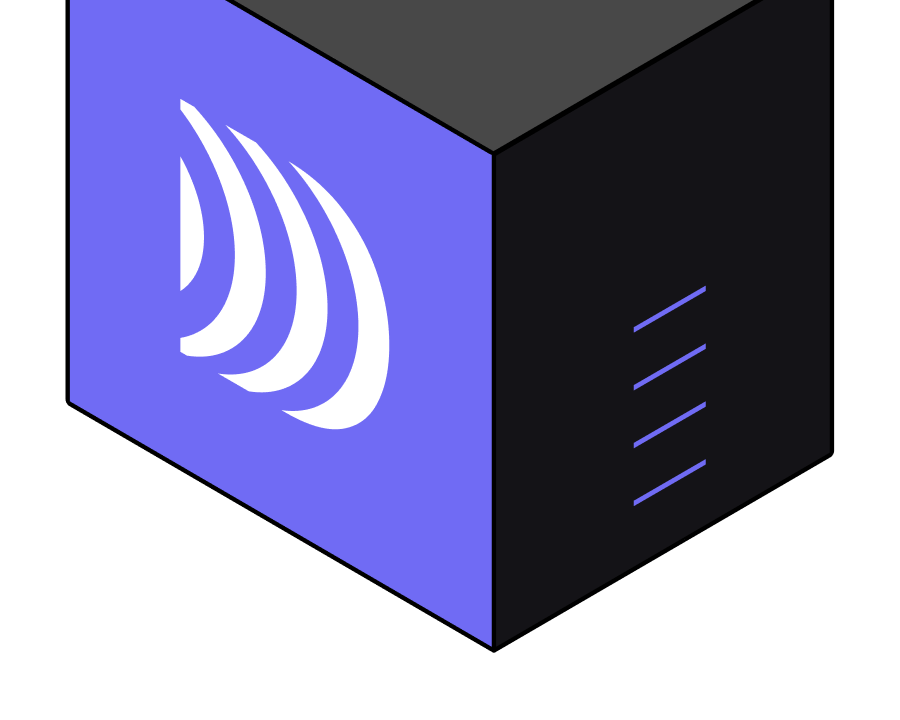
Is a Customer Data Platform relevant in B2B?
8min • Last updated on Oct 6, 2025

Olivier Renard
Content & SEO Manager
[👉 Summarise this article using ChatGPT, Google AI or Perplexity.]
Just like in B2C, more than 8 out of 10 marketers acknowledge that buyers expect a personalised experience throughout their purchasing journey (Forrester). More than half even expect a high level of personalisation (Inbox Insight).
The CDP (Customer Data Platform) market is often associated with retail and e-commerce, which are among its most established use cases. Yet B2B companies face similar data-related challenges: longer, more complex sales cycles, multiple stakeholders, and a growing need for personalised and consistent interactions across all touchpoints.
Today, 73% of B2B buyers are millennials. In a landscape where B2B e-commerce is booming, CDPs help create more effective engagement strategies and accelerate the sales cycle.
Key Takeaways :
The B2B (Business to Business) sector has undergone significant digital transformation in recent years. In the UK alone, B2B e-commerce is estimated to exceed £200 billion.
Compared to B2C (Business to Consumer), the B2B sales cycle is longer, involves multiple decision-makers, and has higher average order values. However, professional buyers now expect the same experience as individual consumers.
A CDP brings together data, segments audiences, and enables the activation of the right messages at the right time. It supports a wide range of use cases.
In industries that handle large volumes of data, a CDP streamlines complex sales cycles and aligns marketing and sales teams around a shared view of the customer.
🔎 Discover how a CDP addresses the specific challenges of B2B sales. What are the benefits for business teams — and how can customer data become a true growth lever? 🚀
What is a CDP in the B2B context?
A Customer Data Platform (CDP) brings together customer and prospect data from multiple sources to provide a unified, actionable view. It serves as the foundation for marketing, sales, support, and product initiatives.
In practical terms, a CDP operates on three levels. It helps to:
Segment audiences,
Activate personalised campaigns.
Unlike a CRM, a DMP or a customer engagement platform, a CDP acts as a central data hub. It provides reliable, enriched information to business tools across the organisation.
In B2B, the stakes are specific and often involve multiple decision-makers — each requiring tailored engagement. The available data concerns both accounts and contacts. Account-Based Marketing (ABM) helps identify the right stakeholders, personalise messages, and track the progress of each account throughout the sales cycle.
A B2B CDP enables more relevant campaign orchestration by connecting the right data to the right channels. This could include a CRM or an ad platform (e.g. LinkedIn Ads) to target decision-makers with a tailored approach.
The ability to act quickly also provides a decisive advantage. Capturing and activating even subtle signals of interest (such as a visit to a product page, a white paper download, or sudden inactivity) further increases the value of the platform.
Why is a CDP useful in Business to Business?
The B2B buying process comes with its own set of constraints. Sales cycles are longer, require more resources and typically involve deal values around 20 times higher than in B2C.
Touchpoints have multiplied across various teams, including sales, marketing, support, and customer success. Every interaction matters: consistency and timing in follow-ups are crucial success factors.
At the same time, the ecosystem has become increasingly digital due to several reasons:
The rise of B2B marketplaces (Amazon Business, B2BMAP, TradeWheel) and dedicated B2B e-commerce platforms (like Mirakl),
The widespread adoption of remote selling since 2020,
The emergence of a new generation of prospecting tools.
Better informed and more autonomous, B2B buyers now begin their purchasing journey long before speaking to a sales rep. New generations spend just 17% of their time in direct interactions with suppliers (Gartner).
Just like in B2C, they expect fast, personalised responses: 90% of decision-makers ignore generic sales messages.
Yet, data silos remain a major obstacle. Information is often scattered across CRMs, marketing tools, and external platforms. This leads to missed opportunities and an inability to detect subtle buying signals at the account or market level.
A CDP addresses this gap by centralising data and streamlining interactions across the entire journey.
The benefits are clear:
Improved lead qualification through unified, enriched data.
Faster sales cycles through more precise personalisation.
Enhanced alignment between sales and marketing around a single customer view.
Higher ROI on multichannel campaigns.
💡 Before getting started, it’s essential to assess a few key prerequisites. What is the volume and quality of the available data? Is a data warehouse already in place? What internal resources are available?
These are all factors that will determine the success of a CDP project in a B2B context.

The strategic stakes of a CDP in B2B
Main use cases
A Customer Data Platform applied to B2B opens up a wide range of opportunities. It helps better qualify leads, personalise interactions, and accelerate the sales cycle.
Use case | Objective | Example |
|---|---|---|
Lead generation | Identify and qualify the most strategic prospects | An IT distributor uses browsing data from its extranet to target high-value potential buyers |
Lead scoring & nurturing | Track engagement and tailor content | A SaaS company automatically adjusts a prospect's score based on their activity during a free trial, then triggers personalised emails |
Account-based marketing (ABM) | Centralise account-level data and personalise for each decision-maker | An industrial firm tracks interactions from multiple contacts within a strategic account to tailor its offers accordingly |
Reactivation of dormant leads | Re-engage inactive customers and reduce churn | On a B2B marketplace, dynamic segmentation is used to identify inactive retailers and launch a targeted reactivation campaign |
Website personalisation | Adapt content based on profile or industry | A B2B agency displays sector-specific testimonials or case studies depending on the identified visitor |
CRM–Ads synchronisation | Optimise advertising campaigns and reduce waste | First-party CRM data is synced with ad platforms to target high-potential decision-makers and lower acquisition costs (see our Ankorstore case study) |
Use cases for a Customer Data Platform in a B2B context
CDP B2B vs CDP B2C: What are the differences?
Both environments share a common goal: understanding the customer better in order to personalise interactions. But their realities differ significantly.
In B2C, data volumes are high, customer journeys are faster, and the logic is primarily transactional. The aim is to optimise the experience of a final customer — often in a multichannel context with frequent purchase cycles.
In B2B, data volumes are smaller, average order values are higher, and sales cycles are longer, involving multiple decision-makers in the buying process.
💡 Note: For a CDP to be effective, it must have a sufficient volume of data to enable relevant segmentation and trigger appropriate scenarios. A typical benchmark is around 50,000 contacts.
The contrast between B2B and B2C is particularly evident when it comes to online selling. A B2C e-commerce site may handle thousands of transactions per day and focuses on fast product recommendations and basket value maximisation.
B2B e-commerce often operates with client-specific catalogues, tailored pricing structures, and payment terms that don’t exist in consumer retail. The concept of Customer Lifetime Value (CLV) takes on a different dimension, linked to retention and contract renewals.
In both cases, data comes from multiple sources (CRM, support, billing, marketing automation) and must be unified to provide a 360° customer view. Cross-functional alignment around a shared objective, combined with strong data governance, is essential to improving campaign effectiveness.
👇

How Ankorstore reduced its acquisition costs with DinMo
The role of first-party data in B2B
The gradual disappearance of third-party cookies is a game-changer for B2B marketers. Companies must now rely on their first-party (or proprietary) data, that is, data collected directly from their own customers and prospects. This provides a reliable foundation for understanding behaviours and triggering relevant actions.
In B2B, this information can be enriched with firmographic, technographic or industry-specific data such as company size, sector, revenue, or technologies in use. These attributes complement behavioural indicators to better qualify each account.
Certain early signals are especially valuable. They help identify hot prospects and strategic accounts. Visiting a product page, attending a webinar, downloading a white paper, or using a specific feature are all signs of interest.
Dynamic segmentation makes it possible to automatically classify contacts based on their level of engagement, potential, or churn risk. This allows you to distinguish between:
High-potential prospects (strong account scoring),
Strategic customers to retain,
Inactive accounts to re-engage.
👉 Our CDP connects CRM and analytics data with engagement signals and marketing interactions. This approach allows you to quickly activate the right scenarios for the right audiences whether it’s nurturing, targeted follow-ups, or synchronised ad campaigns.
The benefits of a Customer Data Platform
A Customer Data Platform can become a powerful strategic asset in Business-to-Business.
Sales and marketing alignment: Data is centralised in a single source of truth. Teams share the same insights and objectives, making coordination easier and reducing friction.
Account prioritisation: Leveraging this data helps identify high-value leads and focus efforts on the most promising opportunities.
Multichannel campaign automation: Email, ads, events, outbound messaging on social media. The CDP triggers the right scenarios on the right channels at the right time.
Granular CLV measurement: The platform allows for better assessment of each account’s Customer Lifetime Value, helping adjust investments accordingly.
Competitive differentiation: By making smarter use of data, the company improves its commercial performance through more targeted interactions and the development of new offers. These actions translate into true competitive advantages.
The DinMo vision: A composable CDP serving B2B
In both B2B and B2C, traditional CDPs are often heavy, expensive, and complex to implement. Their rigidity limits the agility of teams.
By contrast, a composable CDP integrates seamlessly with your existing stack. It works directly with centralised data in the warehouse, with no unnecessary duplication. More flexible, it addresses both commercial and marketing needs as well as the priorities of data teams.
Data becomes a true growth engine for the business. The benefits include granular and scalable account segmentation, simplified omnichannel activation, and full interoperability with the existing ecosystem.
Some of the most common use cases:
Automated nurturing based on engagement signals,
Direct synchronisation with LinkedIn Ads or Reddit Ads to target the right decision-makers,
Smart reactivation of inactive prospects: for instance, those who didn’t convert after a SaaS free trial.
Challenges and best practices
Among the most common pitfalls:
1️⃣ Focusing solely on the technology without preparing the data foundations (quality, governance).
👉 Establish clear governance and involve data teams from the very beginning.
2️⃣ Applying a B2C logic to B2B (without sufficient volume or a clear market view).
👉 Tailor segmentation to accounts and contacts, and select criteria that are truly relevant to your target audience.
3️⃣ Limiting the CDP to a basic CRM use case and stacking tools without a clear business goal.
👉 Involve business teams from the outset. Centralise data to create a single source of truth and activate all relevant channels.
4️⃣ Over-targeting accounts or neglecting compliance (GDPR, CCPA).
👉 Automate scenarios while maintaining a human touch, personalise interactions, and continuously measure performance (MQL, SQL, CLV, conversions).
Conclusion
A Customer Data Platform isn’t just for B2C. It can be a strategic asset in B2B: better lead qualification, sales and marketing alignment, more relevant campaigns, and stronger ROI.
Its effectiveness depends on the volume and quality of available data, as well as the team’s ability to activate it.
A composable approach is a game-changer. It allows businesses to leverage their data without technical overhead, and to orchestrate data-driven scenarios aligned with their goals.
👉 Discover how DinMo helps B2B companies activate their data and accelerate commercial performance.





















